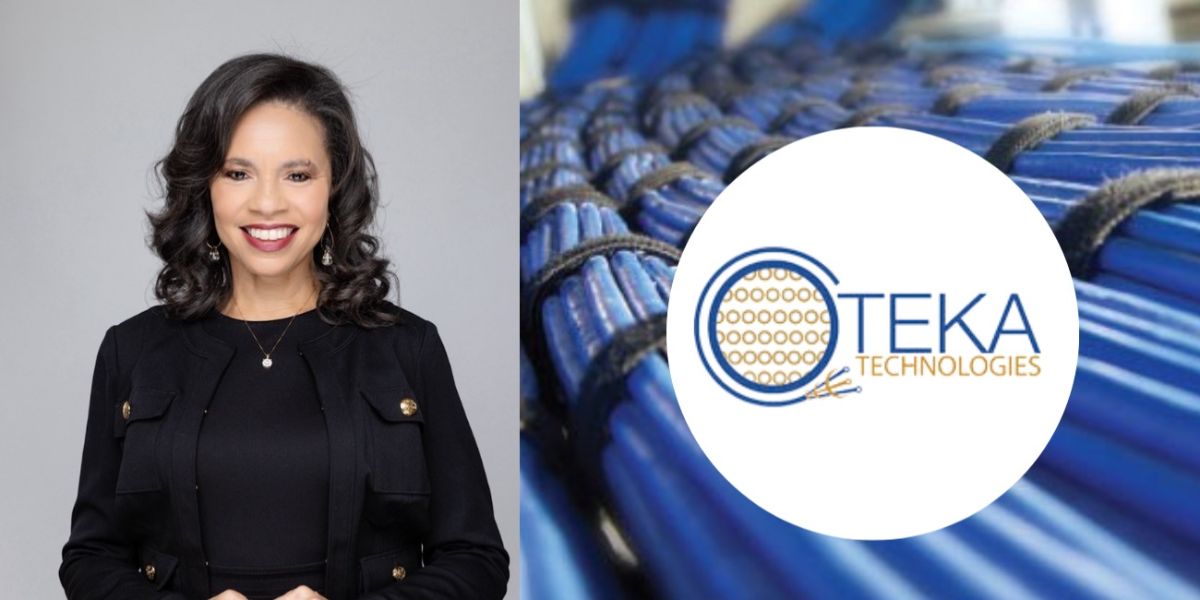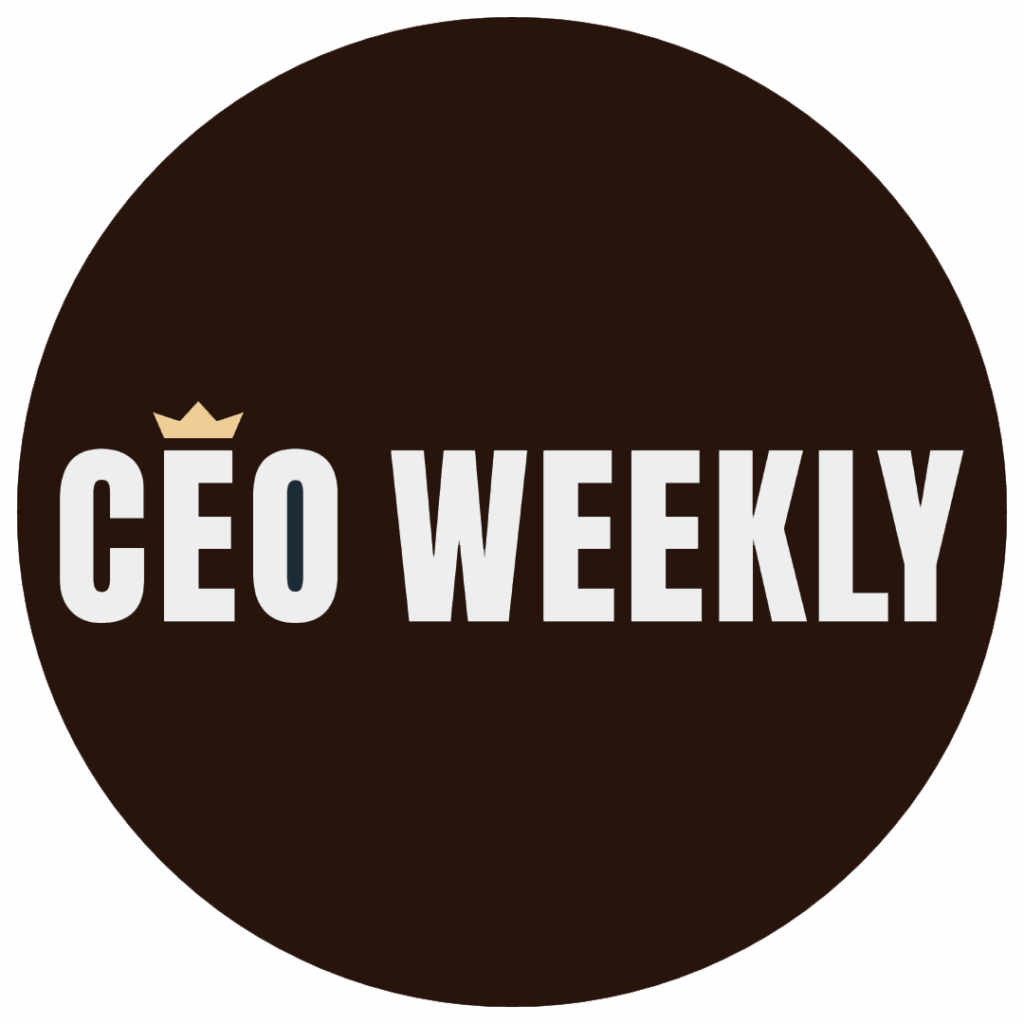The 2020s have ushered in a renewed commitment to fostering inclusive cultures within workplaces, educational institutions, and society at large. This transformation is fueled by demographic shifts, technological advancements, and a global emphasis on diversity, equity, and inclusion (DEI). Organizations and communities are increasingly recognizing the value of inclusivity and actively working to ensure that individuals from all backgrounds feel seen, heard, and valued. This article explores the key elements that contribute to the thriving inclusive culture of the 2020s.
Read also: The Importance of Taking the Team’s Input into Consideration
Evolving Workforce Dynamics
Remote and Hybrid Work Models
The COVID-19 pandemic accelerated the adoption of remote and hybrid work arrangements, making workplace inclusivity more crucial than ever. Organizations have had to rethink their DEI strategies to accommodate employees from diverse locations and circumstances. Flexible work environments ensure that individuals with disabilities, caregivers, and employees from different time zones have equal opportunities to contribute and thrive.
Multigenerational Workforce
For the first time in history, up to five generations are working together. This diverse workforce presents unique challenges and opportunities. Organizations are adopting policies that foster intergenerational collaboration, respecting different work styles, communication preferences, and technological proficiencies. Companies that embrace age diversity benefit from a wealth of perspectives and experience, leading to innovative problem-solving and a more inclusive culture.
Emphasis on Diverse Gender Identities
Inclusive Policies for Gender Expression
More organizations are implementing policies that recognize and support diverse gender identities. This includes the use of preferred pronouns, gender-neutral restrooms, and dress code flexibility. Creating a safe and welcoming environment for individuals of all gender identities helps build a culture of respect and belonging.
Supportive Benefits
Offering inclusive benefits that cater to the LGBTQ+ community demonstrates a company’s commitment to diversity. This includes healthcare plans that cover gender confirmation procedures, paid leave for same-sex partners, and mental health support tailored to LGBTQ+ employees. These initiatives promote an equitable workplace where everyone feels valued and supported.
Addressing Unconscious Bias
Bias Training Programs
Organizations are investing in unconscious bias training to help employees recognize and mitigate biases in decision-making, hiring, and promotions. These training programs encourage self-awareness and foster a more equitable workplace where all employees have a fair chance to succeed.
Inclusive Recruitment Practices
Many companies are implementing blind recruitment processes, where names, genders, and other identifying factors are removed from resumes to prevent bias. Additionally, diverse interview panels help ensure that hiring decisions are fair and inclusive. These strategies create a more level playing field and increase workforce diversity.
Systemic Change Initiatives
Leadership Commitment
Executives and senior leaders play a crucial role in driving inclusivity. Companies that prioritize DEI at the leadership level set clear goals and hold themselves accountable for progress. Public commitments, regular reporting, and embedding DEI into company values help ensure that inclusivity remains a priority.
Policy Reforms
Revising workplace policies to eliminate systemic barriers is key to building an inclusive culture. This includes fair parental leave policies, flexible work arrangements, and anti-discrimination policies that protect all employees. Organizations that proactively address systemic inequities create a more supportive and welcoming environment.
Integration of DEI into Organizational Culture
Employee Resource Groups (ERGs)
ERGs provide a platform for underrepresented employees to voice their concerns, share experiences, and influence company policies. These groups help foster a sense of community and empower employees to play an active role in shaping an inclusive workplace.
Continuous Education
Inclusion is an ongoing process, and continuous education is essential. Organizations are offering workshops, seminars, and leadership training focused on DEI topics. Providing learning opportunities ensures that employees remain informed about evolving inclusion practices and societal expectations.
Transparency and Accountability
Public Reporting
Transparency is essential in maintaining credibility in DEI efforts. Many organizations now publish annual DEI reports, sharing metrics on workforce diversity, pay equity, and inclusion initiatives. Public accountability encourages continuous improvement and demonstrates a genuine commitment to inclusivity.
Feedback Mechanisms
Creating open channels for employees to share feedback on DEI initiatives fosters a culture of openness and improvement. Anonymous surveys, town hall meetings, and employee-led discussions provide valuable insights into what is working and where improvements are needed.
Mental Health and Well-being
Comprehensive Support Programs
Recognizing the connection between inclusion and mental health, companies are expanding wellness programs. Providing access to counseling, stress management workshops, and mental health days supports employees’ overall well-being and helps create a more inclusive work environment.
Stigma Reduction Efforts
Promoting open discussions about mental health reduces stigma and encourages employees to seek support when needed. Organizations that prioritize mental health as part of their DEI strategy create a healthier and more productive workplace.
Moving Beyond Tokenism
Authentic Representation
Diversity should not be about checking boxes; it should be reflected at all levels of an organization. Companies that prioritize authentic representation in leadership positions, decision-making roles, and company branding demonstrate a genuine commitment to inclusivity.
Equitable Advancement Opportunities
Providing mentorship programs, leadership development initiatives, and career progression opportunities for underrepresented groups ensures that inclusivity extends beyond hiring practices. Creating pathways for advancement fosters long-term success for diverse talent.
Data-Driven DEI Strategies
Utilizing Analytics
Leveraging data to track diversity metrics, identify gaps, and measure progress helps organizations refine their DEI strategies. AI-powered tools can analyze hiring patterns, pay equity, and employee sentiment to provide actionable insights for improving inclusivity.
Regular Assessments
Conducting DEI audits, climate surveys, and cultural assessments enables organizations to understand the current state of inclusivity and make data-informed decisions for future initiatives. Continuous assessment ensures that progress remains on track.
Read also: How Self-Regulation Maintains a Positive Environment in the Office
Inclusive Leadership Development
Training Programs
Developing inclusive leadership skills is essential for fostering a diverse workplace. Organizations are investing in leadership training programs that focus on cultural awareness, inclusive decision-making, and effective communication across diverse teams.
Succession Planning
Building a diverse leadership pipeline ensures that future leaders reflect the company’s commitment to inclusivity. Organizations that prioritize diversity in succession planning create opportunities for underrepresented employees to rise to leadership positions.
The inclusive culture of the 2020s is not just a trend—it is a fundamental shift in how organizations and communities operate. Companies that prioritize inclusivity benefit from higher employee engagement, improved innovation, and stronger brand reputation. As technology and societal values continue to evolve, the commitment to diversity, equity, and inclusion must remain steadfast. By embedding inclusivity into policies, leadership development, and organizational culture, businesses can build workplaces where everyone has the opportunity to thrive.








